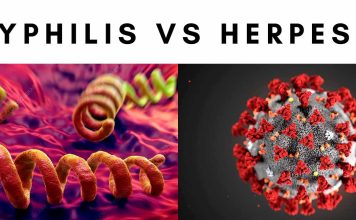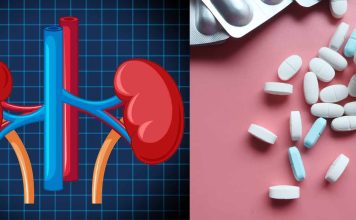Table of Contents
Rhizotomy Overview
Rhizotomy is a surgical technique that involves the severing of nerve roots in the spinal cord. Chronic back pain and muscle spasms are effectively relieved by the treatment. Facet rhizotomy can provide long-term low back pain relief by disabling the sensory nerve just at the facet joint. To suppress the nerve and prevent electrical pain impulses from reaching the brain, an electrified hot probe is placed just outside of the joint. If a patient reacts well to facet injections, a rhizotomy is likely to be a successful pain medication.
Facts about the Rhizotomy
- Warwick Peacock of the United States popularized the term in 1980.
- The distal rootlets of the cauda equina are selectively severed during this process.
- The ideal patient is a 3-8 years old spastic diplegic infant who is ambulatory.
- This method reduces spastic tone without impairing sensation.
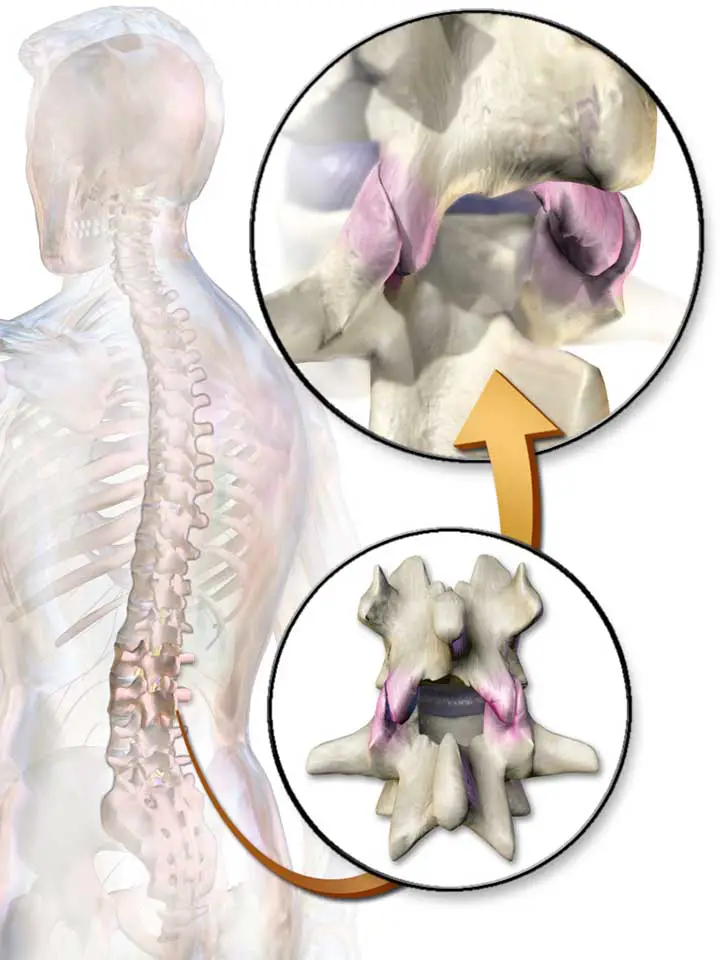
Methods of Rhizotomy
Radiofrequency ablation and endoscopic rhizotomy are two common forms of rhizotomy. Both strategies accomplish the same purpose, but they do so in unique ways.
Radiofrequency Ablation
The doctor uses heat to disable the nerve that triggers the patient’s back pain during a radiofrequency ablation process. Radiofrequency ablation is a percutaneous method, which means it is performed with a needle. This needle delivers a microelectrode that heats the nerves in concern. A fluoroscopic X-ray is used by the doctor to pinpoint the location of the nerve. Keep in mind that certain people refer to this approach simply as “rhizotomy,” so you may need to clarify when discussing it.
Endoscopic Rhizotomy
Endoscopic rhizotomy requires the use of a small camera to locate the affected area. The camera passes straight through the nerve branch, allowing the surgeon(doctor) to see the precise location of the problematic nerves. If they’ve determined the best spot for the surgery, they make a slight incision on the nerve roots.
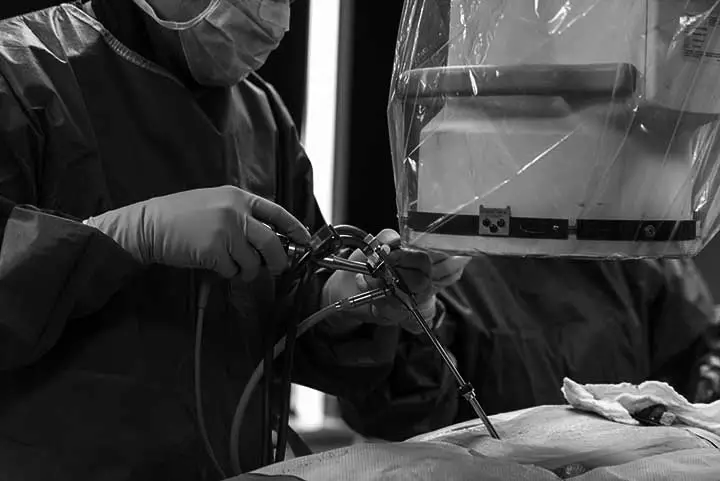
Method of Choice
When radiofrequency ablation fails, it’s better to conduct endoscopic rhizotomy treatments to relieve pain more efficiently. Consider the following essential distinctions:
- Instead of depending on an X-ray, a doctor doing an endoscopic rhizotomy can see the nerves directly.
- Many patients experience immediate relief following endoscopic rhizotomy. Meanwhile, the results of radiofrequency ablation will take up to a month to become apparent.
- Radiofrequency ablation can relieve pain for up to a year, but endoscopic rhizotomy can provide relief for three to five years.
Rhizotomy in Lumbar Facet Joint
The lumbar facet joints are tiny joints at the back of the spine. There are two at each stage of the spine, and they, like knees, hips, and shoulder joints, will degenerate. They are blamed for 30% of all cases of back pain, and the number rises with age. Facet joint osteoarthritis is a condition that affects the knees and hips. It causes pain by causing cartilage, meniscal, ligament, and bone spur formation damage.
The facet joint cartilage in this image is abnormal, with inflammatory changes that are characteristic of osteoarthritis and mechanical backache.
Facet joints, unlike knees and hips, do not have operations to replace them, and they are too fragile to undergo arthroscopic repair. Intra-articular cortisone injections can offer pain relief, but they only last a short time.
Facet joint pain can be relieved by an almost non-invasive surgical procedure known as facet joint rhizotomies or radiofrequency neurotomy, which involves inserting a needle into the nerve that transmits pain signals from the joints. An electric current is applied to the nerve, which cauterizes it.
The needle and electrode are shown in place on the medial branch nerve to the facet joint in this image. The electric current kills the nerve, causing it to stop transmitting pain signals to the spinal cord and then to the brain.
Facet joint rhizotomy is an almost non-invasive operation that is done with a local anesthetic and under x-ray guidance. In the back, a needle is inserted and guided onto the medial branch nerves that supply the joint. A local anesthetic is pumped into the nerve to keep the patient comfortable during the operation. An electrode is inserted into the needle, and an electric current is passed through it, heating the tissue around the needle and cauterizing the nerve, causing damage that prevents the electrical signal of pain from reaching the spinal cord and brain. Facet joint rhizotomies have a success rate of 70 to 80 percent in reducing or removing back pain. This usually lasts a year or more. Nerves have the ability to heal, and pain will reoccur. If this occurs, the process can be repeated.
Infection and nerve root damage, which may cause numbness or weakness in a leg, are also possible complications. This is, however, extremely rare. Pressure from the operation is common and can last for many days. Following that, the discomfort is greatly reduced or completely eliminated. Most people may reduce their pain medication and resume daily activities.
Facet joint pain is identified by injecting a local anesthetic into the medial branch nerves and using an x-ray to direct the injection. The discomfort is instantly reduced when the nerves to the sore joint are anesthetized. After identifying the sore joints, a rhizotomy may be done to provide long-term pain relief.
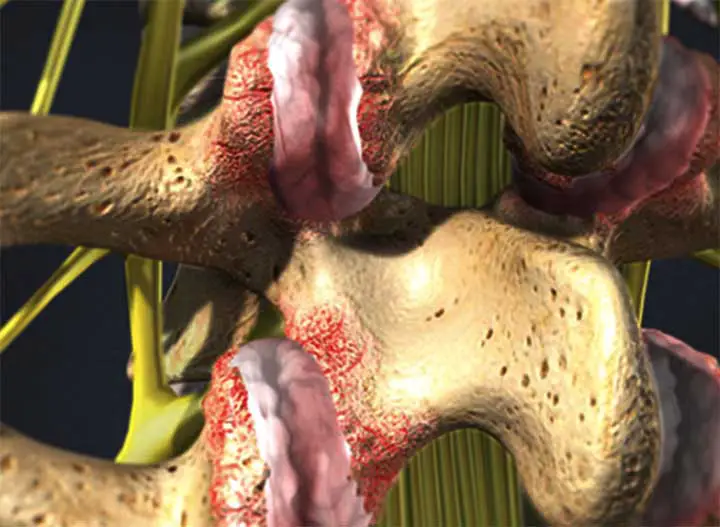
Patient Preparation Before the Procedure
The majority of patients are sedated via intravenous (IV). If this is the case, you will be told not to eat or drink for a certain amount of time before the rhizotomy procedure. You’ll also need someone to bring you home, either a family member or a friend. Make sure your doctor is aware of all of your drugs, and inquire about which medications you should and should not take before the operation. Patients that are taking blood thinners or aspirin products may need to temporarily stop taking these drugs until having a rhizotomy.
Post Procedure Condition
You might feel some pain right after the procedure, such as bruising, soreness, or redness at the injection site. The day after a facet rhizotomy, the majority of patients are able to return to work and/or their usual everyday activities.
It is possible that the back will be sore for a few days after the operation. Cold treatment (e.g., an ice pack) and/or over-the-counter nonsteroidal anti-inflammatory medications (NSAIDs) are commonly used to alleviate post-procedure symptoms. You should soon experience a reduction in your usual discomfort. Typically, progress continues over the next few weeks.
Post Procedure Complications
Your doctor will provide you with additional contact details if you experience any of the symptoms mentioned below as part of your post-procedure instructions for rehabilitation at home. If you face any of these signs or symptoms, call your doctor right now, don’t take it lightly.
- Extreme pain in the affected site after injection
- Chills and fever
- Weakness
- Drowsiness or dizziness
- Bleeding or secretion in the site of the injection
Read Anterolisthesis
Rhizotomy Summery
Rhizotomy is a term used to refer to the interruption of a spinal nerve, which is typically used to relieve pain. Rhizotomy is a minimally invasive technique used to manage neck and back pain caused by arthritis of the spine’s facet joints. After prior injection procedures have concluded that the facet joint is the source of pain, a rhizotomy is conducted.
A needle is inserted into the nerve, which transmits nerve impulses from the inflamed facet joint. An electrode is attached to the needle’s tip. The electrode receives energy in the form of radiofrequency. This causes the nerve to heat up, cutting off painful signals from the facet joint. Pain relief lasts between 3 and 6 months.
The operation takes between 30 minutes and an hour to complete. You will rest for about 30 minutes after the treatment before returning home.
You’ll walk out of the hospital and go home with pain relievers the same day. We recommend that you avoid strenuous physical exercise or heavy lifting for 2 to 3 days. Afterward when you can resume your normal activities and jobs. Physical therapy and chiropractic treatment should be resumed as soon as possible.
Read Neurobion – Vit B supplement for back pain
Last Updated on February 23, 2022 by Learn From Doctor Team


